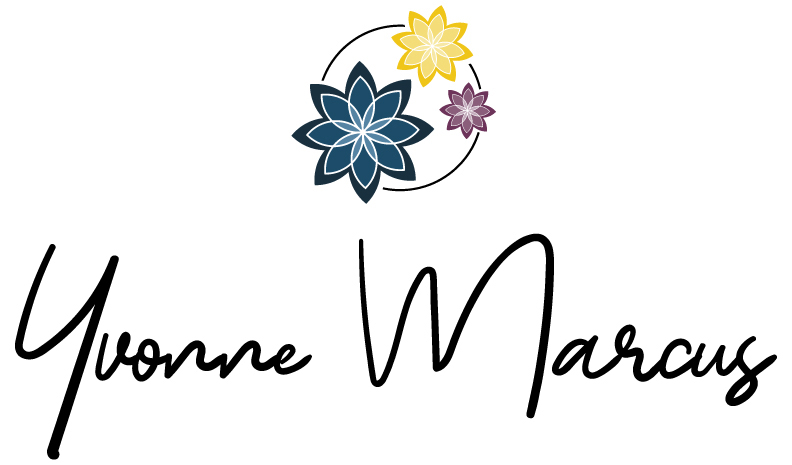The Agile Manifesto maps out 12 basic principles in order to be Agile. These principles were designed so that software developers could get software to market before someone else, with satisfactory results, AND within a budget to name a few key qualities.
I started applying these 12 basic principles to my home for much the same reason.
1. Our highest priority is to satisfy the customer through early and continuous delivery of valuable software.
In our family, this looks like continuous delivery of our sprint goals. These goals change as our needs change and we work together to complete them within our timebox. Agile does not require a timebox, but we prefer to use the Scrum delivery method in our house.
2. Welcome changing requirements, even late in development. Agile processes harness change for the customer’s competitive advantage.
As we are completing a project, we sometimes learn that our original plan won’t work and that is when we pivot. We work together to move forward with the work so that we can reach our definition of done.
3. Deliver working software frequently, from a couple of weeks to a couple of months, with a preference to the shorter timescale.
We know that some projects will take longer than others, but we try to break projects down into pieces that can be completed in smaller chunks and thus we can deliver in the shorter timeframe. For us that is 2 weeks.
4. Business people and developers must work together daily throughout the project.
As a family, we work together until the project is completed. That might be moral, emotional, or physical support. When you try to hang a picture, for instance, you often need someone else from further away to tell you if it’s straight.
5. Build projects around motivated individuals. Give them the environment and support they need, and trust them to get the job done.
We don’t start vanity projects. We work on projects that are necessary to run our home efficiently and effectively for all the family members. That might mean something different for each of us. For the kids, it meant creating a classroom area where work could be completed that was clean, had organized materials, and also had toys or fidgets for breaks. For the adults, that meant a working entryway solution that wouldn’t leave jackets or shoes strewn throughout the house.
6. The most efficient and effective method of conveying information to and within a development team is face-to-face conversation.
Face-to-face meetings are always preferred. This allows not only for tone to be understood but for clarifying questions and information to be passed along.
7. Working software is the primary measure of progress.
For us, we consider it progress when we have a system or solution that will work for now. It meets our definition of done and is in a state that allows it to be used properly.
8. Agile processes promote sustainable development. The sponsors, developers, and users should be able to maintain a constant pace indefinitely.
Since we aren’t putting too much on our plate, we are able to move forward in a way that allows us to keep moving forward on home projects or tasks. We don’t get to the feeling of overwhelm with no sense of return or when we do we can reach out to the team in order to find a better solution. This may involve changing our definition of done.
9. Continuous attention to technical excellence and good design enhances agility.
The fact that we try to do our very best and create efficient and effective solutions enhances our ability to be agile. For instance, we had a working entryway solution that fell apart when the summer heat came through so we pivoted to a screwed in solution versus Command hooks.
10. Simplicity–the art of maximizing the amount of work not done–is essential.
We work to keep our projects simple in scope so that we can complete them, but we also try to maximize not having to do work that is unnecessary to call a project complete in the first iteration.
11. The best architectures, requirements, and designs emerge from self-organizing teams.
We work to allow our team to choose the tasks that go best with their skillset. It allows them to take ownership of the tasks and get it done.
12. At regular intervals, the team reflects on how to become more effective, then tunes and adjusts its behavior accordingly.
We get together every 2 weeks to figure out what is or isn’t working and adjust accordingly. This is vital to being agile because you don’t want to continue doing things that aren’t adding value to your team, your home, and your life.


Recent Comments